|
Experiential learning resources for the innovative educator
What is an authentic presentation? Some of my favorite projects over the course of my teaching career have been those that have truly embraced the idea of sharing work with a relevant and meaningful audience; those that have included an authentic presentation. Let's say a teacher assigns students to research invasive species. Students create a poster board with information on that species and present final products to their classmates. That is a project, not PBL. They are different things. A project-based educator, on the other hand, might have students research a specific community invasive species. Students might collaborate with a local conservationist to design and develop a tool or method to effectively remove the species from the habitat while preserving and conserving the natural ecosystem. The teacher and students organize an invasive species removal event, inviting community members to help remove the invasive species using the tools that the students have created. This is PBL, and the invasive species removal event is the authentic presentation. The Covid pandemic launched us into isolation for quite some time, making digital communication, sharing, and collaborations vital. We have learned about and normalized so many amazing ways to connect and share, which is a great thing for PBL. Students can share digitally in an impactful way, and this is especially useful for those teachers that don't have a lot of flexibility or are confined inside the walls of the classroom. So what are some digital authentic presentation options? Let's take a look! 10 Digital Authentic Presentation Ideas for Project-Based LearningDigital authentic presentations brain dump: Check out these authentic presentation options that will hopefully inspire you and lead you in the right direction when planning PBL experiences. There are MANY others. Think about WHO could benefit from the information or final products that your students have to offer. If you're looking for PBL resources that include project planning templates with authentic presentation suggestions, check out my teacher facilitated, student-directed PBL resources on TPT (grades 6-12). I also encourage you to grab my free editable Google Slides e-Portfolio where students can showcase outcomes, including authentic presentations, in one handy digital portfolio. 1. Add Final Products to a Professional/Established Website: Don't reinvent the wheel! You could create your own website and have students add their final products to it, but a marketing campaign would have to go along with it to make an impact, especially on a relevant audience. Take advantage of someone else's network, and if possible, coordinate a mutual collaboration with this person. Check out my post on establishing a community network. Example: Students collaborate with the Nature Conservancy, for example. Students develop tutorials on how to make and use their invasive species removal tools, compile them into a FlipSnack magazine, and ask the Nature Conservancy to publish the FlipSnack link to their website. 2. Write a Guest Blog Post: Connect with a popular blogger that is relevant to the topic at hand. Coordinate a guest post for students to showcase their work. Again, don't reinvent the wheel! Example: You, or your self-directed students, connect with Nikela (a conservation blogger) to arrange for a guest post. Students write mitigation plans for their invasive species of choice. Nikela becomes a coach and editor AND publishes student work to their blog. 3. Social Media Campaign: Note the word "campaign". This wording is deliberate. Social media is a powerful and rapid mode of sharing information, but for the presentation to truly be authentic, the audience needs to be authentic as well. Time needs to be spent targeting and reaching a specific audience that can use the information or final product to their benefit. Example: Students create a portfolio of pins, from infographics to awareness campaigns. They then create a Pinterest account about conservation, for example, not a personal account, and add boards related to conservation, such as invasive species. Students add their homemade pins to their Pinterest page and market their account to a relevant audience. 4. Youtube Guest: Youtube is a really popular way to share information. But again, without a relevant following, Youtube is an ineffective authentic presentation option. Instead, have students connect with people that host established Youtube channels, relevant to the topic, to either co-host an "episode" or guest post videos. Examples: Students create a mini-documentary about a specific invasive species that's negatively impacting their community. Students then connect with Youtube's Nature on PBS to get the documentary added to that channel. 5. Submit to Online Publications or Contests: This is one of my favorite ways to have students present their final products because it encourages quality work. Students submit to teen art contests, student science publications, writing contests, STEM competitions, and more. There are many options that pop up with a simple Google search. Teen Ink is a favorite, among others. Example: Students conduct scientific open-inquiry investigations about a specific invasive species, write a lab report, and submit their work for publication to a student-specific scientific journal. 6. Local Media: Have students submit articles, editorials, ads, video promotions, and more to local media. The type of media will depend on the final product, but might include a local newspaper, radio station, or public television station. Example: Students create a video advertisement that encourages viewers to do "this" or "that" to mitigate the spread of an invasive species. 7. Live Virtual Presentations: Have students host a live radio show, present their work to a community elementary students, share their final products on a relevant organization's Facebook live, and more. Example: Students connect with Conservation Minnesota and schedule to stream project presentations on Conservation Minnesota's Instagram live. 8. Audio Publishing: Podcasts! I'm a sucker for podcasts. Students could take advantage of the popularity of podcasts in so many ways from guest speaking on established podcasts to creating their own episode or series. 9. Public Display: Alright, this is not necessarily digital, but students CAN still present their work in an authentic way without being physically present. One of those ways is to display work in a relevant location. Example: Students create posters that instruct boaters how to check their boats for zebra mussels before entering and exiting new waterways. The students then print physical copies and display the posters at boat launches across the region. 10. Participating in Virtual Events I know, I know. Not ideal and it's getting old. But virtual events are here and are likely here to stay, so let's embrace it. There are SO many ways for students to share their work virtually these days, and Covid has increased those opportunities tenfold. Look into virtual science fairs, auctions, fundraisers, art shows, conferences, and have students participate in these online events. Helpful PBL Tool Kits and Bundles Relevant Blog Posts Join our experiential learning Facebook group!
Did you know there is an experiential learning Facebook group? Check that out - Experiential Learning Community for K12 Teachers - and join in the discussion about experiential learning ideas! Find us on social media! Follow Experiential Learning Depot on Pinterest, Youtube, Facebook, and Instagram for more on experiential education, and check out my shop for experiential learning resources. Observe. Question. Explore. Share.
0 Comments
Your comment will be posted after it is approved.
Leave a Reply. |
Blog IntentTo provide innovative educational resources for educators, parents, and students, that go beyond lecture and worksheets. AuthorSara Segar, experiential life-science educator and advisor, curriculum writer, and mother of two. Categories
All
|
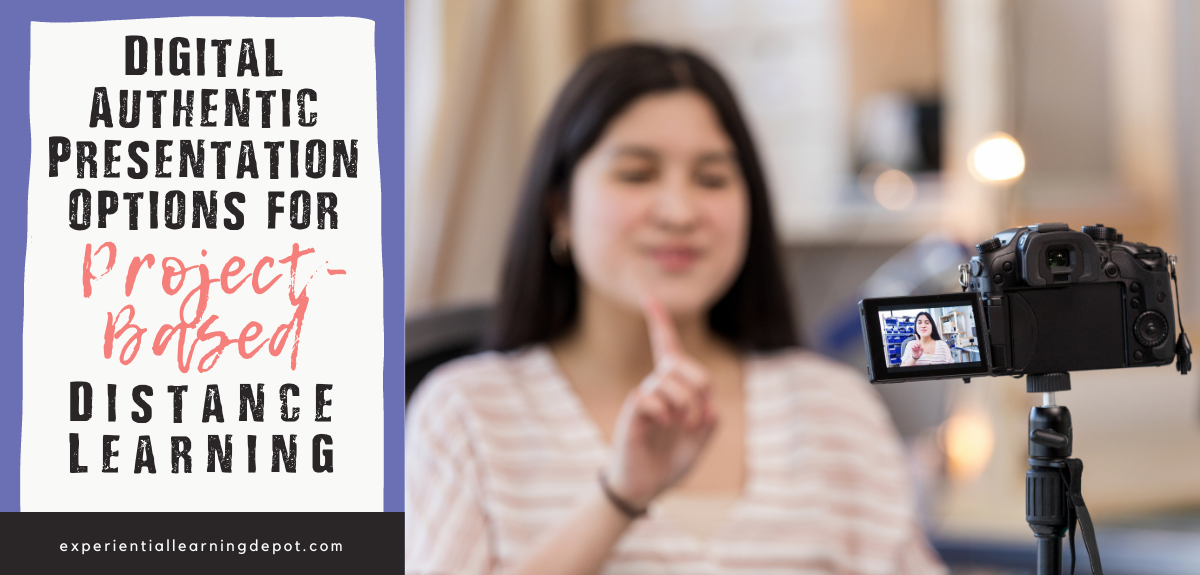
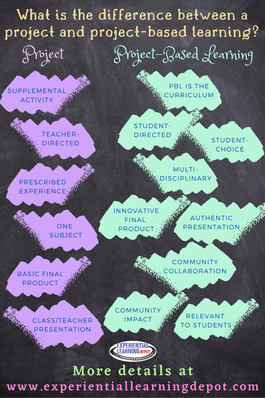
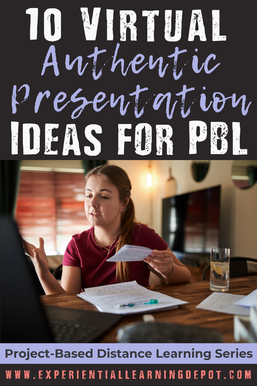

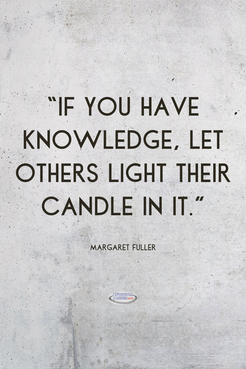
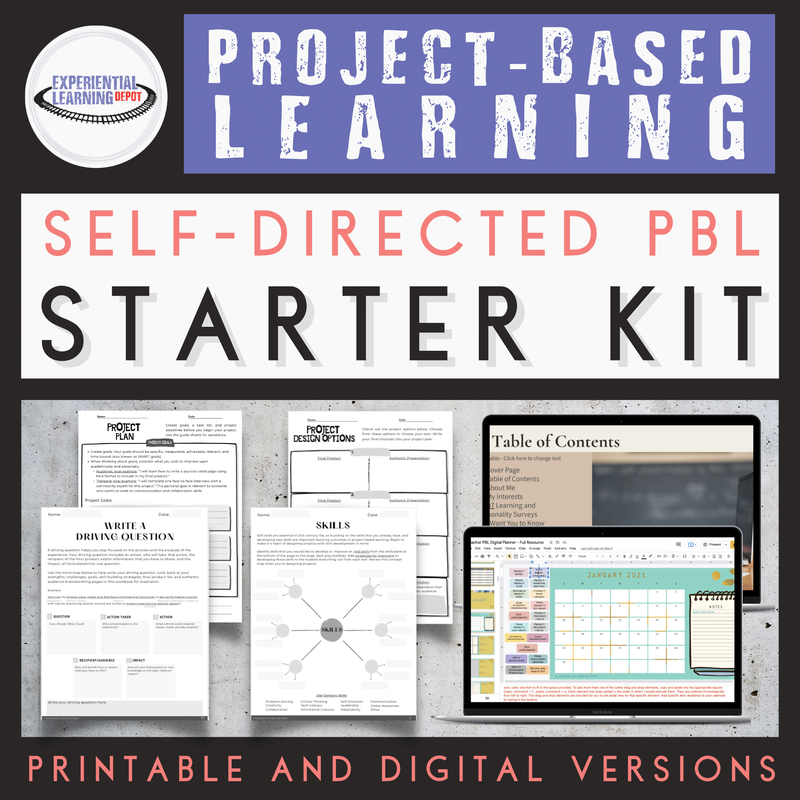
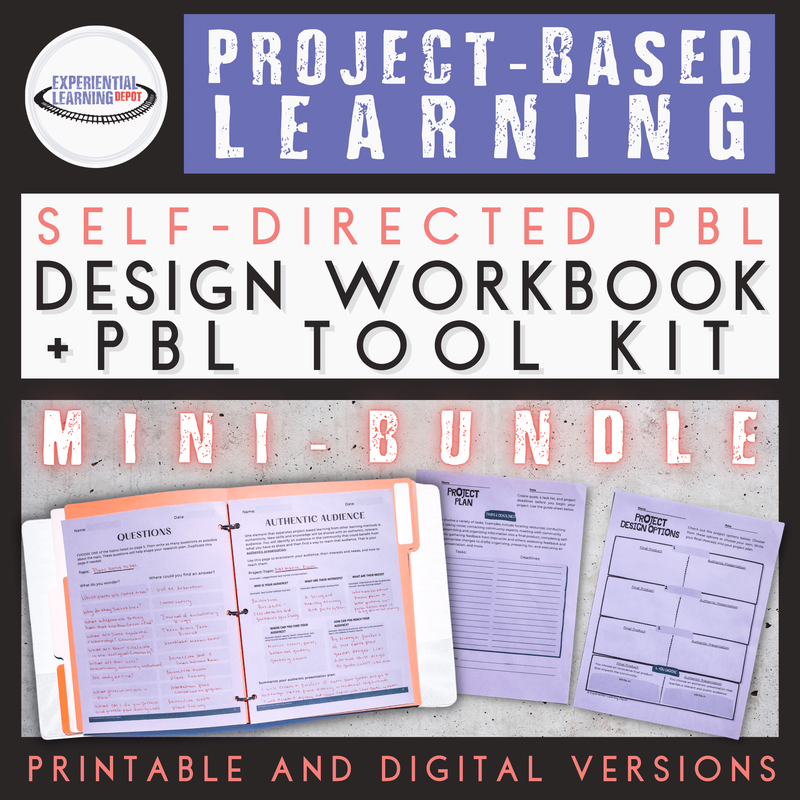
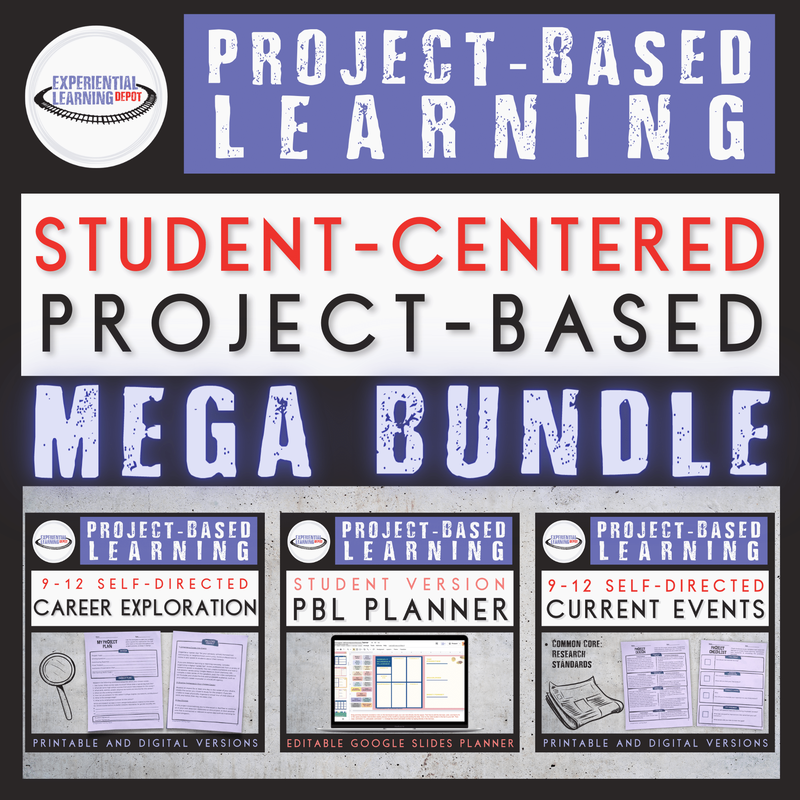
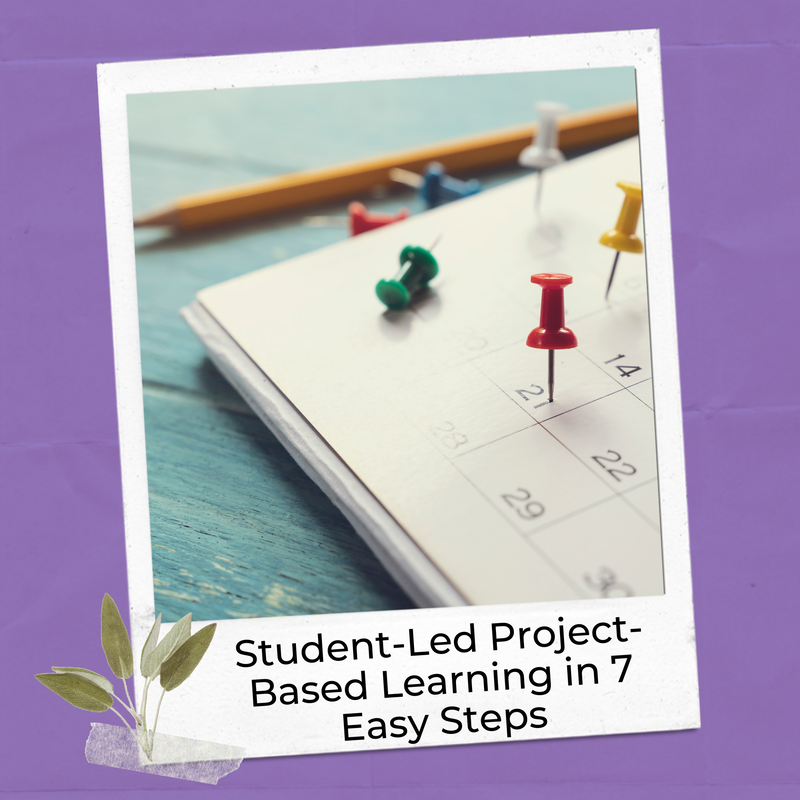
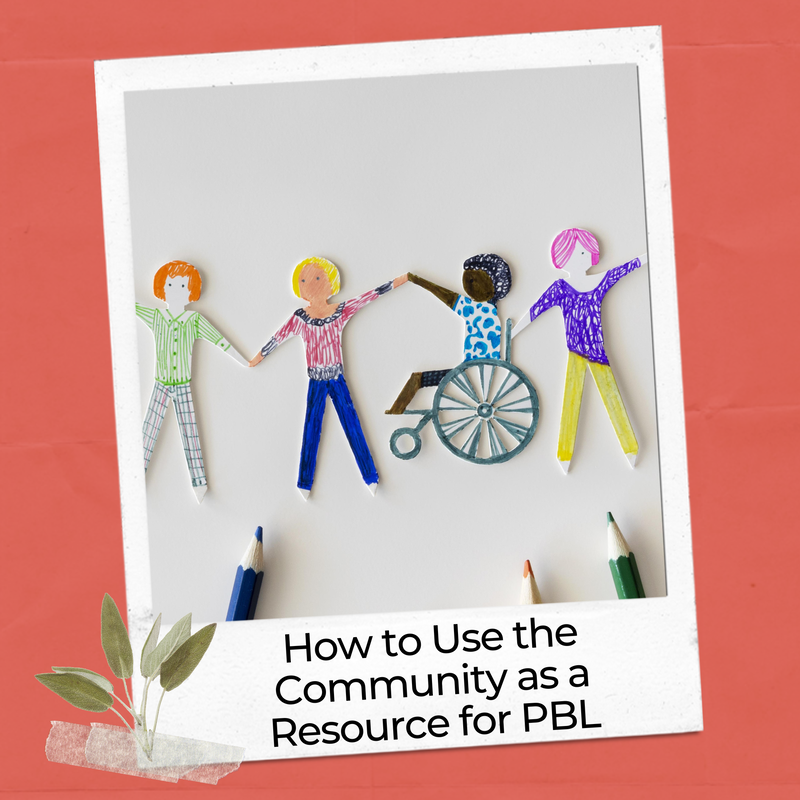
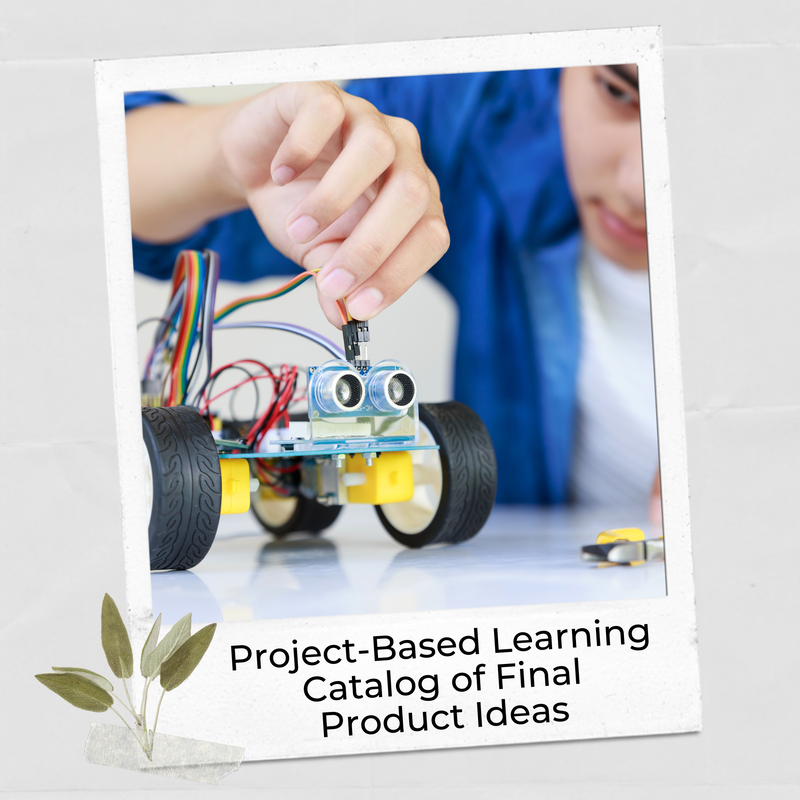


 RSS Feed
RSS Feed